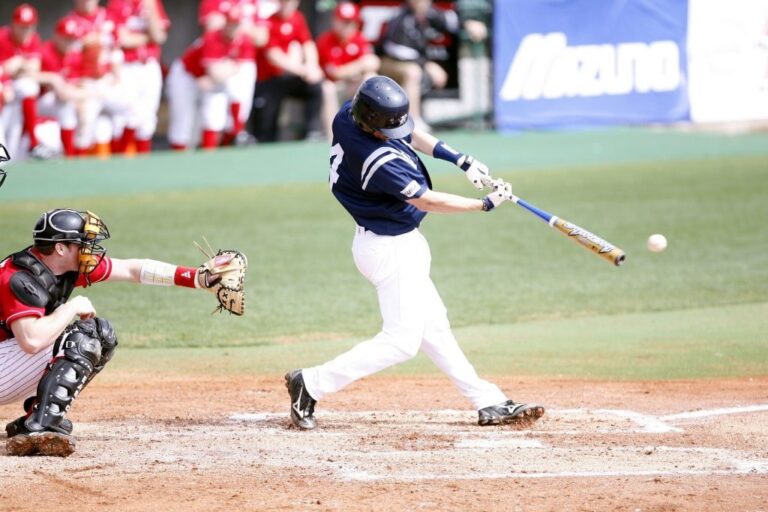Selecting a baseball bat for performance and durability depends heavily on its material. Wood, aluminium, and composite bats have different feel, utility, and durability. These characteristics help players choose the best bat for their skill level, league requirements, and personal preferences. Every material affects how a player plays, from the classic feel of wood to the modern benefits of metal and composite.
Traditional Wood Bats: Feel and Authenticity
Wood bats have long dominated professional baseball due to their classic feel and performance. Wood bats from birch, maple, or ash provide natural swing weight and feedback, which many players appreciate. Wood’s actual “crack” sound upon contact gives rapid feedback on hit quality, a major benefit. Wood bats are heavier and break more easily than metal bats. They also tolerate mishits less. Despite these drawbacks, wood bats are required in many leagues and offer a vintage feel, making them a crucial alternative for accurate and traditional players.
Alloy Bats: Sturdiness and Quick Power
The durability and performance of alloy bats, which are mainly composed of aluminium or aluminium alloys, are significantly improved. Because these bats are lightweight, they can swing more quickly, which increases power and ball exit velocity. Generally speaking, alloy bats are more forgiving of off-centre swings than wood bats since they have a larger sweet spot. Alloy bats are also less likely to break than wood, which makes them an affordable option for younger players who require sturdy gear for prolonged practice and competition. However, because alloy bats’ effectiveness can deteriorate with continuous usage, they can create less “pop” with time. Softball bats made of alloy share similar advantages, offering players lightweight performance and enhanced durability for competitive and recreational play.
Composite Bats: Cutting-Edge Technology for Better Results
A combination of carbon fiber, fiberglass, and resin are used to create composite bats, which combine exceptional flexibility and strength with a lightweight design. These bats are designed to optimize the trampoline effect, which causes the barrel to bend when struck, causing the ball to travel farther. Composite bats are more comfortable and less stingy on mishits since they frequently feature a bigger sweet spot and less vibration.
Selecting the Proper Material for Durability and Performance
A player’s age, skill level, league regulations, and personal preferences all play a role in choosing the best bat material. Wood bats are ideal for people who appreciate custom and real response but are prepared to put up with their fragility. Beginners and intermediate players who want long-lasting, lightweight bats with instant power will love alloy bats. Advanced players seeking wider sweet spots, improved comfort, and state-of-the-art technology are catered to by composite bats. Players are better able to make judgments and prolong the life of their equipment when they are aware of the advantages and disadvantages of each material.

